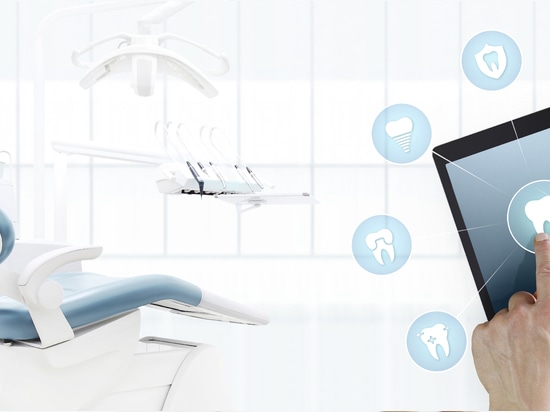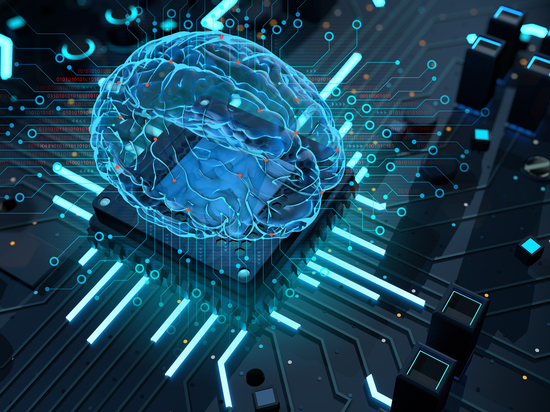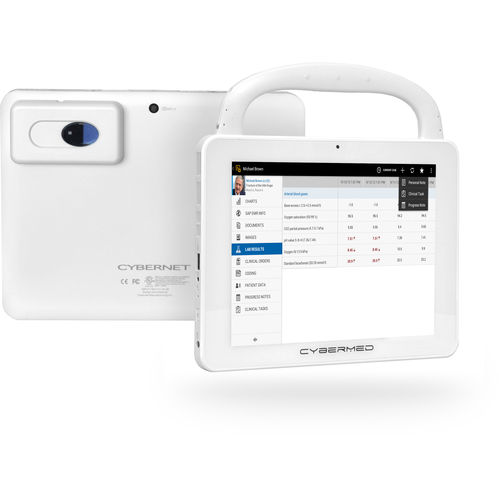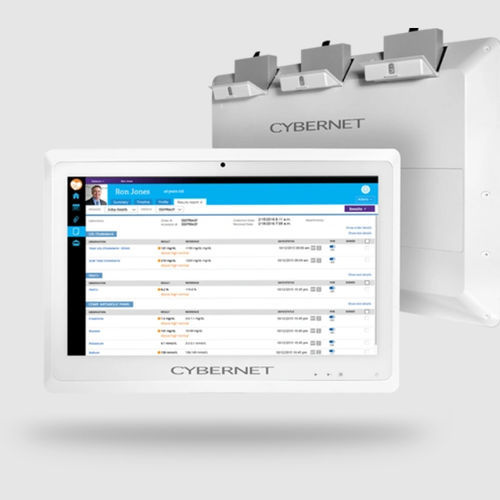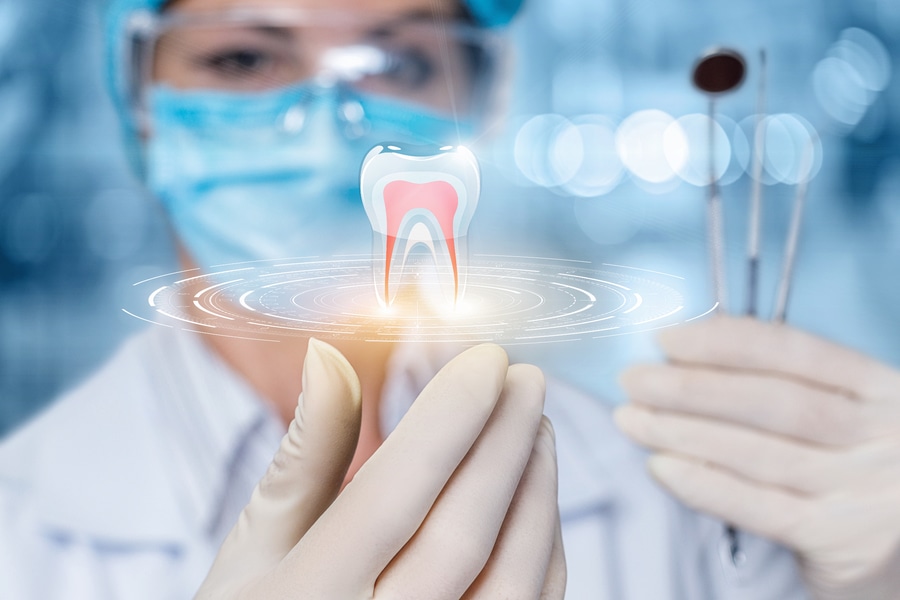
#Industry News
WHAT IS DIGITAL DENTISTRY AND HOW IS IT CHANGING ORAL MEDICINE?
How computers are changing dental care
Dentists are always on the lookout to maximize their patient’s care, comfort, and treatment. They look for ways to improve his or her diagnosis to less time spent in the dental chair.
Technology is increasingly looking to be the solution. Six of these “digital dentistry technologies” are covered today along with the future of the field.
What is Digital Dentistry?
Digital dentistry is the use of digital technologies or other computer-controlled medical devices to carry out many procedures normally done with mechanical and/or electrical tools. Benefits include:
Dentists and patients can proactively deal with dental issues.
Patients spend less time in the dental chair.
Scans of the patient's mouth, teeth, and gums are more reliable and accurate.
Use of modern techniques, tools, and procedures.
Digital Dentistry Technologies
As providers of oral medicine, dentists have a great many tools to treat their patients. For digital dentistry, they use:
Intraoral Cameras
Historically, dentists and other members of their dental team like hygienists used tiny round mirrors called “mouth mirrors” to examine the inside of a patient’s mouth. Intraoral cameras are rapidly replacing these tools. Why? Their advantages include:
Intraoral cameras can magnify a tooth up on a medical monitor screen for closeups. This allows dentists to better identify any potential oral problems.
Images taken can easily be shared to the patient. This allows them to better understand their oral hygiene and any treatments.
Lab technicians involved in shading crowns, bridges, and other prosthetics can use the images to match patients' true teeth colors
Digital Radiography
Traditionally, X-rays taken at a dentist’s office was a time-intensive process. The film had to be processed off-site which was then physically mailed or delivered to the dentist’s doorstep. Afterwards, it had to be stored away in files and similar cabinetry.
Today’s digital radiography is more effective. This is because:
According to the American Dental Association, patients and dental staff are less exposed to radiation with digital radiology than with X-rays.
Images by digital radiography can immediately be seen on the computer monitor.
The files generated by digital radiography can easily be uploaded and stored on an office server or in the cloud.
Those files make it easy for the dentist and/or staff to retrieve at any time as well as shared with specialists if/when necessary.
CAD (Computer Aided Design) / CAM (Computer Aided Manufacturing)
Ever had a dental impression? That’s when the dental team puts a gooey substance called “impression material” in a mouthguard and places it in your mouth. You had to bite it and keep biting until it hardened into a mold. This was then sent off to a lab where a dental technician created whatever prosthesis (crowns, veneers, or dentures) was needed.
CAD/CAM technology does away with all that. Instead, the patient’s mouth is scanned using the above intraoral scanning device. A 3D digital image is then created via the CAD/CAM (computer-aided design/computer-aided manufacture) software. Dental technicians create the prosthesis by milling or through 3-D printing (see below).
3-D Printing
Dental offices, as mentioned above, relied on off-site labs staffed and their technicians to produce the various prosthetics, models, and pre-surgical and surgical guides. Now with digital dentistry, 3-D printers controlled by a medical box PC can create many of them.
How? Dentists simply use digital images from scans to create custom prosthetics and models quickly and inexpensively. Not only can they be quickly customized to a patient’s mouth, they can also be useful for surgical planning as they help patients visualize and better understand their treatment plans.
Electronic Health Records
Dental offices used to record patient records, from their health history to prescriptions, on paper. Now technological innovation like electronic medical records (EHR) and federal regulations like HIPAA compliance and guidance have encouraged the digitization of much of the information.
There are several advantages for dental offices:
Easy scheduling
Improved workflows
Improves the patient experience
Makes keeping track of a patient’s records easier
Simplifies patient information access when dental staff is off-site or between office
Digital Dentistry Workflow
Traditionally, dentists work separately from dental technicians. The former do their exams of patients, then send out requests for work like the processing of test to the creation of prosthetics.
In the transition to digital dentistry, that line is no longer separated. Patient treatment in typical digital dentistry would consist of:
Use of intraoral cameras and other computer-aided devices for scanning or digital impression-taking. The resulting images can be discussed with the patient who’ll be simultaneously watching the images in real-time on the computer monitor.
Treatment planning and design. The dentist at this step can use CAD/CAM to create any necessary dental items like custom fillings.
Product manufacturing, in which the dental item is created via the office 3-D printer.
Future of Dentistry and Digital Dentistry
One field dentists are eyeing is the use of digital implant surgery as yet another promising new tool. Digital implant surgery works by creating a 3-D computer model of the patient’s bone and nerves around the jaw. The custom implant and its guide are then printed by an in-house 3-D printer. The hope with this technique, which is still relatively new, will lead to less surgery time, less trauma to the patient, as well as their faster recovery.
Closing Comment
Digital dentistry looks to improve the care of a patient’s oral hygiene thanks to a slew of digital or computer-based technologies and techniques. Intraoral cameras, 3-D printing, and EHR are just a few making their way into dental offices.
